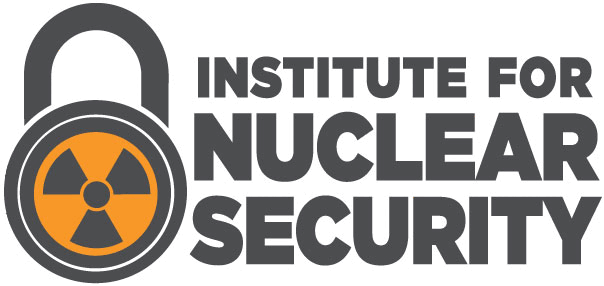Author ORCID Identifier
https://orcid.org/0000-0002-2260-9381
Abstract
Although there are multiple pathways of conditions leading to desired policy outcomes, the viability of peace and nuclear-free advocacy can be related to the convergence of a strong, diverse, and active civil society, where leadership and a responsive political environment are well-integrated. We discuss that sociopolitical mobilizations (e.g. peace and nuclear-free advocacy), active civil society, and democratic institutions are not only linked to each other but are also co-existent. In this essay, we look at the case of New Zealand (Aotearoa) with its unique nuclear-free peace movement and find some implications for contemporary Japan, which is the only country which was subjected to atomic bombing but which does not support nuclear disarmament in its official policies, despite the presence of a long-standing peace movement and substantial majorities in favor of steps like Japan signing the 2017 Treaty on the Prohibition of Nuclear Weapons (TPNW).
DOI
https://doi.org/10.7290/ijns07j7j1
Recommended Citation
Temocin, Pinar
(2022)
"Peace and Nuclear-free Advocacy Revisited: Lessons from New Zealand and Implications for Japan,"
International Journal of Nuclear Security:
Vol. 7:
No.
1, Article 12.
https://doi.org/10.7290/ijns07j7j1
Available at:
https://trace.tennessee.edu/ijns/vol7/iss1/12
Creative Commons License

This work is licensed under a Creative Commons Attribution 4.0 International License.


